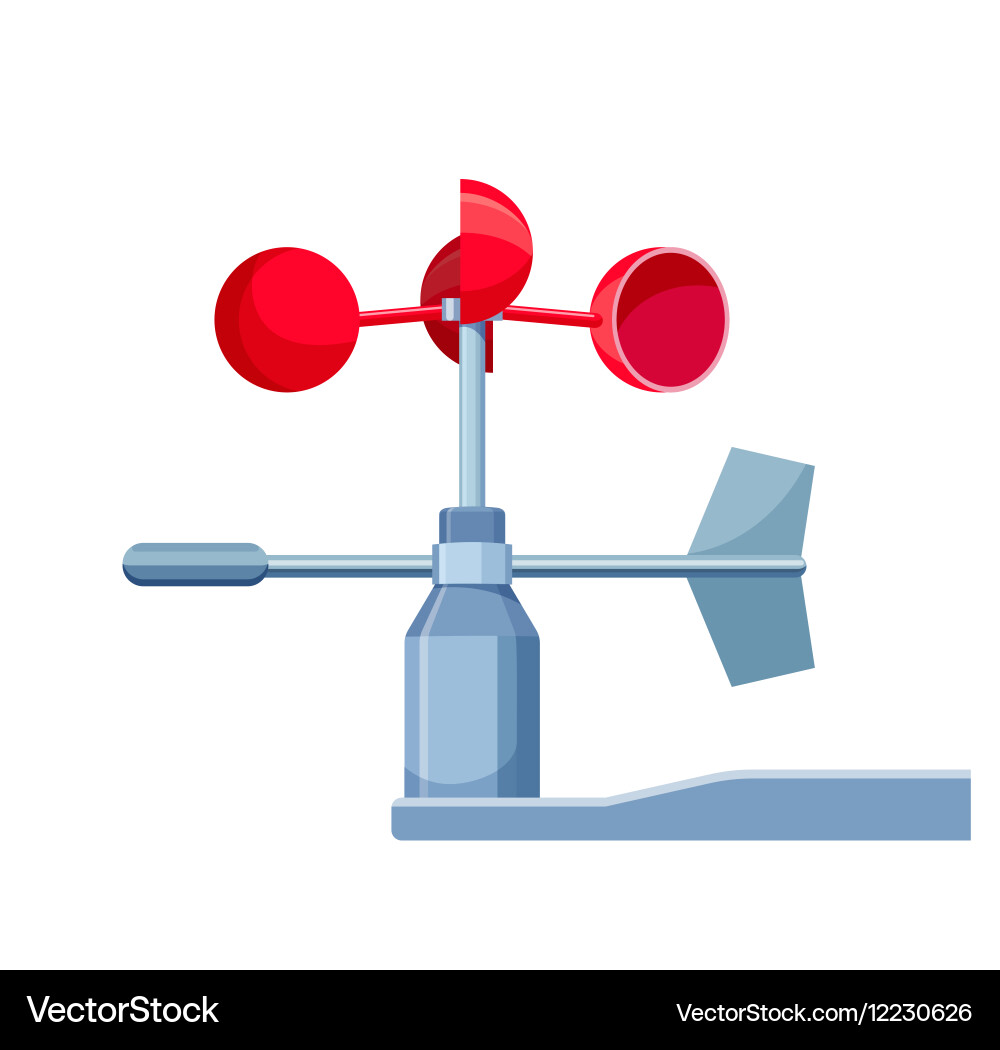Anemometer Innovations: The Most Up To Date Modern Technology for Wind Speed Measurement
Anemometer Innovations: The Most Up To Date Modern Technology for Wind Speed Measurement
Blog Article
All You Need to Know Concerning Anemometers: Exactly How They Work, Why They Matter, and Where to Make use of Them
Anemometers, though often ignored in the realm of scientific tools, play a critical function in various areas, providing beneficial understandings right into wind rate and air flow patterns. As we delve right into the ins and outs of anemometer modern technology, we will discover the inner operations of these devices, their significance, and the crucial considerations when selecting the appropriate anemometer for particular applications.

Anemometer Essentials
A vital tool used to gauge wind rate and instructions, the anemometer plays an important function in weather forecasting and numerous markets. An anemometer generally includes 3 or four mugs that turn in the wind, a vane that aims right into the wind, and sensors to track the motions or rotations. By calculating the rotations or motions over a specific amount of time, the anemometer can determine wind speed. The vane helps figure out wind direction by aiming into the wind, giving valuable data for climate forecasting, aviation, maritime operations, ecological tracking, and wind energy applications.
There are numerous kinds of anemometers available, including cup anemometers, vane anemometers, hot-wire anemometers, and sonic anemometers, each with its unique attributes and applications. Cup anemometers are generally made use of for fundamental wind speed dimensions, while vane anemometers are chosen for directional dimensions. Hot-wire anemometers are suitable for reduced airspeeds, and sonic anemometers are ideal for high-precision dimensions in research study and commercial settings. Recognizing the fundamentals of anemometers is essential for accurate wind data collection and evaluation throughout different industries.
Principles of Anemometer Operation
Structure on the foundational understanding of anemometer essentials, the principles of anemometer procedure clarify the mechanics behind wind speed and direction dimensions. Mug anemometers, for circumstances, have three or even more cups that record the wind, triggering them to spin quicker as the wind rate rises. Hot-wire anemometers depend on a warmed wire that cools down as wind passes over it, with the rate of cooling determining the wind rate.
Importance of Anemometers
The significance of anemometers in weather forecasting and various markets can not be overemphasized. Anemometers play a crucial role in measuring wind rate and direction, giving important information for weather projecting, environment studies, environmental tracking, and aeronautics operations. Meteorologists rely upon anemometers to collect accurate wind information, assisting them comprehend weather patterns, forecast tornados, and concern timely warnings to the general public. In sectors such as building, agriculture, sustainable energy, and maritime operations, anemometers are used to optimize procedures, make certain safety and security, and enhance performance. For instance, wind ranch operators utilize anemometers to assess wind problems and make the most of electricity production from browse around these guys wind generators. In the maritime industry, anemometers help ship navigating by offering real-time wind info to captains, helping them make informed choices to guarantee risk-free voyages. On the whole, anemometers are indispensable tools that add significantly to safety, effectiveness, and notified decision-making in meteorology and a variety of industries.
Applications Across Various Industries
Applications of anemometers extend across varied industries, showcasing their convenience and utility beyond meteorology. In the eco-friendly energy field, anemometers play an essential role in examining wind problems for wind ranch positionings, ensuring ideal energy manufacturing. Industries like building and mining use hop over to these guys anemometers to keep an eye on wind rates, vital for safety procedures, particularly when operating at heights or in open-pit mines where strong winds can position dangers. Anemometers are likewise essential in the air travel sector, assisting pilots in understanding airspeed and wind direction for safe take-offs and landings. The maritime market gain from anemometers for ship navigating, helping sailors anticipate climate adjustments and readjust routes accordingly. In farming, anemometers aid farmers in handling plant splashing by providing real-time data on wind speed to avoid drift. Furthermore, anemometers discover applications in HVAC systems to enhance airflow and enhance energy efficiency in buildings. The varied use instances of anemometers highlight their importance across numerous industries, highlighting their indispensable role in improving functional security and effectiveness (anemometer).

Selecting the Right Anemometer for Your Demands
Choosing the proper anemometer tailored to your certain needs is crucial for acquiring precise wind speed and instructions dimensions. When selecting an anemometer, think about variables such as the intended application, needed measurement why not try this out variety, environmental conditions, and wanted attributes. For basic functions, a mug anemometer is ideal for gauging wind rate, while a vane anemometer offers wind direction information. Hot-wire anemometers are ideal for reduced airspeed measurements, and ultrasonic anemometers supply high precision and durability.

Conclusion
In verdict, anemometers play an important role in determining wind rate and direction across various industries. Comprehending the principles of anemometer procedure is vital for selecting the ideal tool for particular requirements. From weather forecasting to aeronautics, anemometers are vital tools for making sure and accumulating accurate information security in different applications. When picking the most appropriate tool for gauging wind conditions., it is essential to take into consideration the importance of anemometers in order to make educated choices.
There are numerous kinds of anemometers readily available, including mug anemometers, vane anemometers, hot-wire anemometers, and sonic anemometers, each with its distinct attributes and applications. Mug anemometers are frequently used for standard wind speed measurements, while vane anemometers are favored for directional measurements. Hot-wire anemometers are ideal for low airspeeds, and sonic anemometers are perfect for high-precision dimensions in research and industrial settings.Building on the foundational understanding of anemometer basics, the principles of anemometer operation illuminate the technicians behind wind rate and direction measurements. For basic objectives, a cup anemometer is ideal for gauging wind rate, while a vane anemometer offers wind instructions data.
Report this page